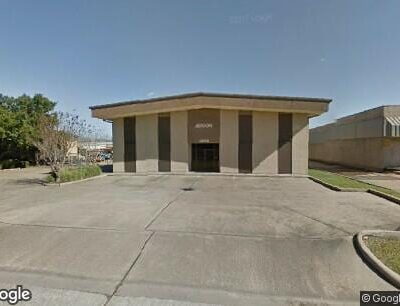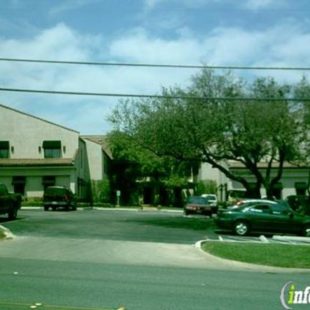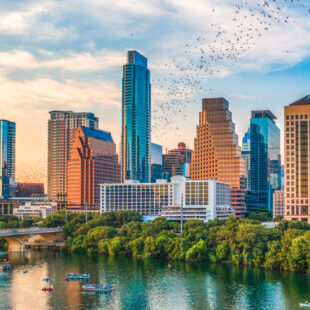The Evolution of Public Parks
- October 1, 2020
- Posted by: jerdonlp
- Category: Green Spaces, Parks, Pedestrian, Playgrounds, Safety, Uncategorized, Upgrades

Public parks are widely enjoyed by many, bringing community members together for community activities, personal gathers for any occasion, or just some peaceful time with one’s self to enjoy the outdoors. The ideas of enjoyment in parks are limitless, but how did they come to be?
The history of community parks can be separated into four periods: leisure grounds, small parks, recreational, and open space environment. Each period showcases the evolution of urban parks influenced by economics, historical influences, and more. The idea of a public or community park came to be when the wealthiest individuals owned large properties, resulting in massive gardens and walkways around the home for personal enjoyment. From there, sharing the idea started providing economic and mental benefits, all beginning with the leisure era.
An Era of Leisure
The leisure era starts back in the mid-1800s to the early 1900s, where the spaces were located in the outline of the city. This was to mimic the idea of the countryside, with the expectation of having a relaxing time away from the bustle of the town’s center and activities. The enjoyment of these spaces depending on one’s economic status. Usually, middle and upper-class members visited the parks because it would take time to travel and the cost was more expensive since the means of transportation were not as advanced as they are today. Lower economic status relied heavily on work to maintain a steady income, and couldn’t spare moments of leisure. The design of the park itself was a combination of nature appreciation and athletic activities. The surroundings were partially trees, bushes and flowers to mimic the awe of natural beauty, but had designated areas of programs like baseball or children’s activities.
Small and Reformative Parks
Following the leisure period, small and reformative parks came to be in the early 1900s and lasted through the 1930s. The idea of sharing with everyone and not just the wealthiest drove this period of change in urban parks. With most working individuals not having the time or money to travel to the outskirts of the city, smaller areas within the city were converted. However, small parks became more popular as safe spaces for children to play in besides the fronts of buildings or in the streets. This in combination with the original idea of enjoying the beauty of nature brought on the reformative stage.
Reformative parks were established to not only bring safe spaces for children while adults enjoyed the landscaping, but bringing communities together. Historically, many immigrants started to migrate to the United States, feeling alone in a new place. This brought the opportunity for similar personnel to come together and find common interests based on their culture. But, spaces were still small compared to those outlining the city.
Recreational Centers
The recreational phase in the history of parks began after 1930, with the idea of combining green and recreational spaces to one place. Recreational centers are present in many parks today, and still show the benefits of combining the ideas of recreation with green spaces. This period Increased socialization, reduced socioeconomic class conflicts, and increased the educational knowledge of the average individual. While the cost of creation was much higher than the previous eras, the benefits alone convinced local governments the investment would provide a decent return. However, this era did lack artistic characteristics when compared to previous times, prioritizing functionality over natural beauty.
Open Space Environment
During the 1960s, the ending of recreational centers began as the idea of open spaces developed and evolved. This idea brought together the combination of leisure and recreational eras, bringing balance to both beauty and functionality. The landscaping of this idea involves a recreational center surrounded by not just green space, but aesthetically pleasing pieces such as colorful flower beds and art structures. This also brought the idea of extremely large gatherings outside of building spaces, for example, music festivals.
As history, economics, and mentally change over time, so do the formation and usage of parks. Having over three decades of engineering and construction experience, Jerdon Enterprises takes pride in our involvement with the creation of public parks. Click for more information about our services and to view our portfolio.



